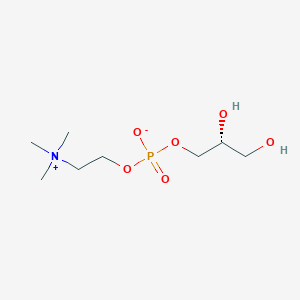-
Categories
-
Pharmaceutical Intermediates
-
Active Pharmaceutical Ingredients
-
Food Additives
- Industrial Coatings
- Agrochemicals
- Dyes and Pigments
- Surfactant
- Flavors and Fragrances
- Chemical Reagents
- Catalyst and Auxiliary
- Natural Products
- Inorganic Chemistry
-
Organic Chemistry
-
Biochemical Engineering
- Analytical Chemistry
- Cosmetic Ingredient
-
Pharmaceutical Intermediates
Promotion
ECHEMI Mall
Wholesale
Weekly Price
Exhibition
News
-
Trade Service
Guide: Dogs have a sense of smell about 1,200 times that of humans.
why people like to refer to a smell-sensitive nose as a "dog nose".
because dogs have a completely crushing human olfactory system, they have a sense of smell about 1,200 times that of humans.
modern society, guide search and rescue, crime detection, anti-drug exploration, are no less than the "Wangxing people" figure, they are even trained to identify cancer.
at present, the global new crown outbreak (COVID-19) has been confirmed more than 18 million, in the face of such a grim form, can train the "Wangxing people" to fight side by side with us? A recent study published in BMC Infectious Diseases by researchers from the University of Veterinary Medicine in Hanover, Germany, and the German Defence Force confirmed that this is possible: Trained detection dogs can distinguish between patients infected with sars-CoV-2 infection and uninfected people by identifying respiratory secretions.
specifically, the researchers collected saliva and bronchosecretion samples from hospitalized PATIENTs with BRONCh, who were diagnosed positive for SARS-CoV-2 after nasopharyngeal swab tests.
negative control samples were obtained from SARS-CoV-2-negative people who had never had a history of COVID-19 and had no recent history of colds or infections.
the eight detection dogs involved in the study came from the German Defence Force, and all samples of COVID-19 patients were inactivated to protect them and their trainers from infection during training.
training took only a week, and the dogs were able to distinguish between newly infected and uninfected.
on the second day of training, their average detection rate was only 50 per cent, while on the fifth day the value increased to 70 per cent and even 81 per cent on the seventh day.
a total of 10,388 samples were shown in this controlled double-blind test study.
the sample size shown to each dog during training was 94% (3.4%) in a random 1012 samples.
included 157 correct positive samples and 792 correct negative samples.
total diagnostic sensitivity was 82.63% (95% CI:82.02-83.24%) and specificity was 96.35% (95% CI: 96.31-96.39%).
the detection performance of all detection dogs all detection dogs diagnostic specificity and sensitivity compared to bacteria, the virus does not have its own metabolism, so through the host metabolism process, infected human cells release volatile organic compounds, which allow the specific odor of the pathogen can be detected by dogs.
initially, it was thought that dogs would not be infected with SARS-COV-2.
but recent single-case infection reports have shown that dogs can also be infected with SARS-COV-2.
therefore, to use detection dogs as "biotest weapons", the researchers first need to solve the problem is how to ensure that detection dogs are not infected with SARS-COV-2.
, the researchers said new strategies are being developed to safely display uninactivated samples.
summary, this study provides a new method of SARS-CoV-2 screening, but the results are preliminary studies and require further research to determine the suitability of the test in the field.
if this method is enabled, SARS-CoV-2 detection dogs can provide effective and reliable infection detection techniques in a variety of public places and can be used as an alternative or supplementary method for routine RT-PCR screening, which is bound to greatly reduce detection costs and improve detection efficiency.
.







